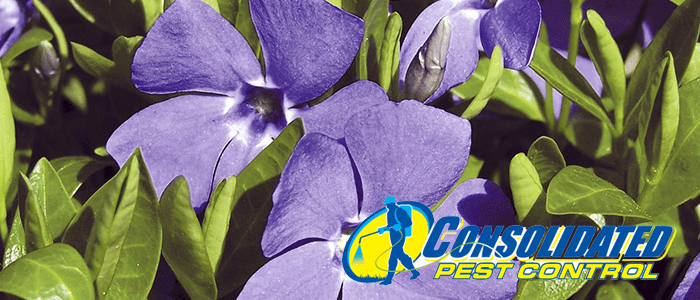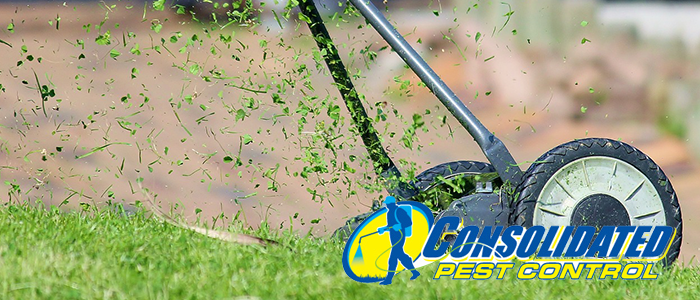
Midges and Mosquitoes
Around the warmer months you may be seeing insects that you think are mosquitoes, but what you may be seeing could actually be aquatic midges. Aquatic midges are also known as “blind mosquitoes” and are generally more active between April and November, when their populations are at their peak.
What is a Midge? How is it Different?
A “midge” is defined by entomologists as just about any type of tiny, two-winged fly that resembles a mosquito at first glance. Unlike mosquitoes, midges don’t bite and they don’t carry diseases, so they’re harmless to you.
Both mosquitoes and midges like to be more active during the warmest months of the year and can be difficult to differentiate at a glance, but there are differences between them. Mosquitoes have a proboscis (or “long needle”) mouth part that allows them to bite and suck blood, while midges do not. Midges also have wings that look like panes of glass rather than the scaly wings that mosquitoes have, but to be able to see that difference you would need a magnifying glass.
What’s the Problem?
Beyond annoyance, midges are completely harmless to humans and animals, but they do cause a small number of primarily aesthetic problems. High populations of midges can cause staining to stucco, painted walls, and garage doors outside, and curtains, furnishings, and interior walls if they get inside. Their bodies can also cause damage to paint, windshields, and headlights on vehicles.
Why Are You Seeing Midges?
The “aquatic” part of “aquatic midge” is the key in knowing why you’re seeing them around your home. These tiny flying pests use water to breed and are attracted to sources of it, typically swarming in late afternoon or early evening near small natural lakes, streams, ponds, wastewater channels, canals, sewage oxidation, and settling ponds.
Their populations appear to be “on the rise” because more and more homeowners are buying properties that are near rivers, lakes, and other water sources like the ones we listed above, and water quality overall is being reduced, giving the midges more nutrients to feed from.
How to Handle Midges
Wanting to get rid of these little nuisance bugs is a no-brainer, so we’ve compiled a few tips for you to help you get started on your own.
If you want to keep aquatic pests from nearby ponds, you can treat standing water with an insect growth regulator that contains methoprene, or stock the water with catfish and other bottomfeeders who will eat their larvae. You can also plant aquatic plants that will remove excess nutrients from the water, giving them less to feed off of, and you should consider adding a pump to circulate the water.
For keeping midges from swarming around your home, we don’t recommend using chemical control methods or bug zappers as they’re ineffective–they only draw more midges to swarm near it–and kill the midge’s natural predators as well. Instead, try reducing unnecessary outdoor lighting, switching to motion-activated lights outdoors, and creating a “light trap” on a corner of your property to attract the midges away from high-traffic areas. And then, if you need further help, contact us at Consolidated Pest Control.








